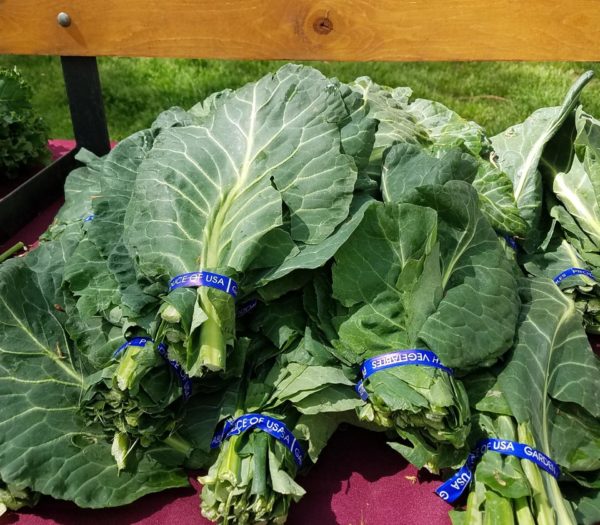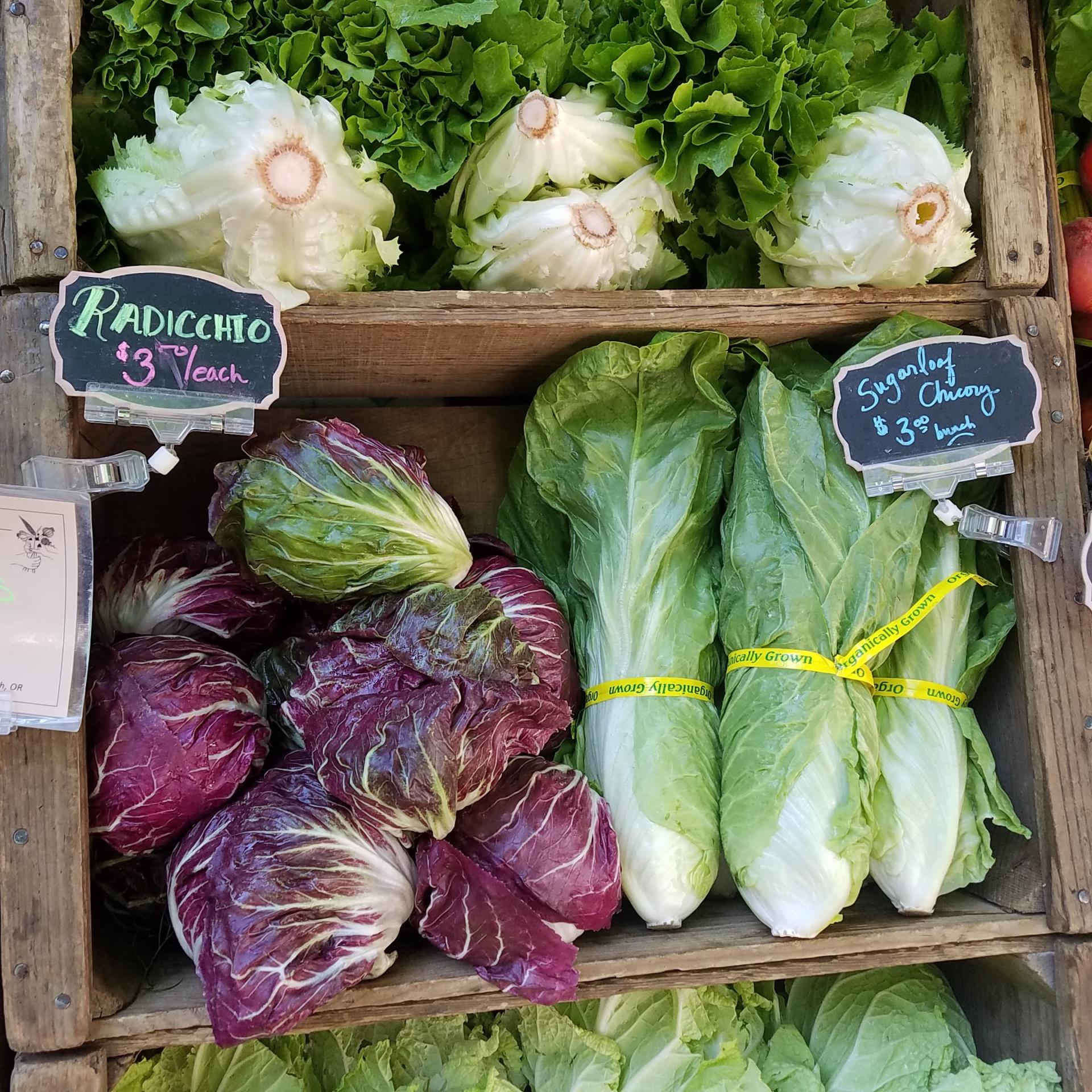Want to boost your overall health and brain function?
Add leafy greens to your recipes!
I tried my hand at growing Swiss chard, Bibb, and Oak Leaf lettuce in pots on my balcony this past fall – part gardening continuing education, part easy access to quality ingredients. These delicate-looking plants are deceiving. I did not realize how truly hardy they are, and the more I learn about them, the more I am impressed. I enjoy being able to snip a handful or more of fresh greens as needed and have been incorporating them into my cooking in new and fun ways.
We’ve long been told about the virtues of leafy greens, and truly, they are nutritional powerhouses. They earn top billing on all of “the best” lists for supporting brain function, protecting our hearts, and reducing cancer risk because they provide so many valuable nutrients.
What falls into the “leafy greens” category, you ask?
There are far more flavorful and delightful leafy greens to choose from than simple iceberg lettuce. How about these to get you started:
- arugula
- beet greens
- bok choy
- broccoli / broccolini
- broccoli rabe
- brussels sprouts
- cabbage
- collard greens
- dandelion greens
- endive
- escarole
- kale
- lettuce (many leafy varieties)
- mustard greens
- purslane
- radicchio
- romaine
- savory
- sorrel
- spinach
- Swiss chard
- turnip greens
- watercress
WHY I LIKE COOKING WITH LEAFY GREENS
- They can be used in numerous, and sometimes surprising, ways either raw or cooked.
- No need to be stuck in a rut with just one or two varieties – there are many to choose from!
- They are readily available year-round in grocery stores, co-ops, and farmers’ markets.
- Leafy greens are packed with health and brain-boosting nutrients such as vitamins A, C, and K, fiber, folate, antioxidants, magnesium, calcium, potassium, and iron.*
*Important Note: the high levels of vitamin K and oxalates found in leafy greens can cause issues for some individuals. Check with your doctor or nutritionist about eating leafy greens if you are taking the medication “warfarin” or suffer from kidney stones.
SELECT
Thinking seasonally, leafy greens tend to be cool-weather veggies. Cool temps allow them to thrive and sweeten their flavor, while hot temps cause them to struggle, making them more bitter.
- Farmers’ markets and co-ops are always great sources for seasonal leafy greens. In spring, it is common to find spinach, leafy lettuces, collards, and chard. In winter, go for cabbage, kale, brussels sprouts, turnip, and mustard greens.
- Grocery retailers stock many leafy greens year-round, and their options are expanding all the time.
Look for those greens that are bright in color, feel crisp and full rather than wilted, and are free of rot or excessive insect damage.
STORE
Refrigerate
Store leafy greens in the crisper drawer of the refrigerator. They can be washed before storing if they are thoroughly dried before packing. Otherwise, store them unwashed until ready to use to limit the amount of moisture on the leaves.
In general, placing greens in a tightly sealed container lined with a damp paper or cloth towel will keep them fresh for up to one week. Sturdier leafy greens can last longer than one week.
Freeze
Leafy greens can also be blanched and stored in the freezer for use in sautés, dips, soups, or stews.
For further information on storing leafy greens, check out these resources:
How Do You Store Leafy Greens in the Fridge? – Power of Greens
How to Store Leafy Greens and Other Produce Without Plastic – Food Gardening Network
Freezing Leafy Greens for Later Use – University of Minnesota

PREP
Leafy greens are masters at carrying dirt with them so thorough cleaning is a must.
To Clean:
- Sort through and discard any greens that are bad or on the brink.
- Submerge greens in a large bowl of cold water and swirl the leaves gently to allow dirt to dislodge and sink to the bottom of the bowl.
- Change the water and repeat the process several times until dirt is no longer present.
- Lift the greens from the bowl and either gently pat dry or spin in a salad spinner.
Prep:
- Trim out any tough, thick stems for faster, more even cooking.
- Trim away any bad spots
- Chop or slice to the desired size.
USE
Leafy greens are pretty versatile. Their slightly green and bitter flavors complement so many dishes. Here are a few ideas:
- use raw in salads, tacos, burritos, sandwiches, wraps, bowls, smoothies
- sauté, stir-fry, braise, roast, or steam with other veggies or as a stand-alone side
- add to soup, stew, whole grains, eggs, pizza, pasta, casseroles
- blend or stir into pesto, sauces, juices, dips
- use large leaves as a wrapper (in place of bread or another wrap)
Enhance their flavor by using:
- broth, apple cider, wine, or a splash of vinegar in the braising liquid
- onion, garlic, ginger, and/or a seasoning blend when sauteing
- salt, a squeeze of lemon, and/or lemon zest just before serving
COOKING TIP
Cooking leafy greens softens their somewhat intense flavors and concentrates many of the vitamins and minerals. Avoid boiling greens, however, as water-soluble nutrients will disappear with the drained cooking liquid.
RECIPE
SHARE
What is your favorite way to enjoy leafy greens? Share it in the comments section.
All Photos: Love + Craft Kitchen, LLC
Note: None of the links in this post are affiliate links.
© 2022 Love + Craft Kitchen, LLC, All Rights Reserved


Recent Comments